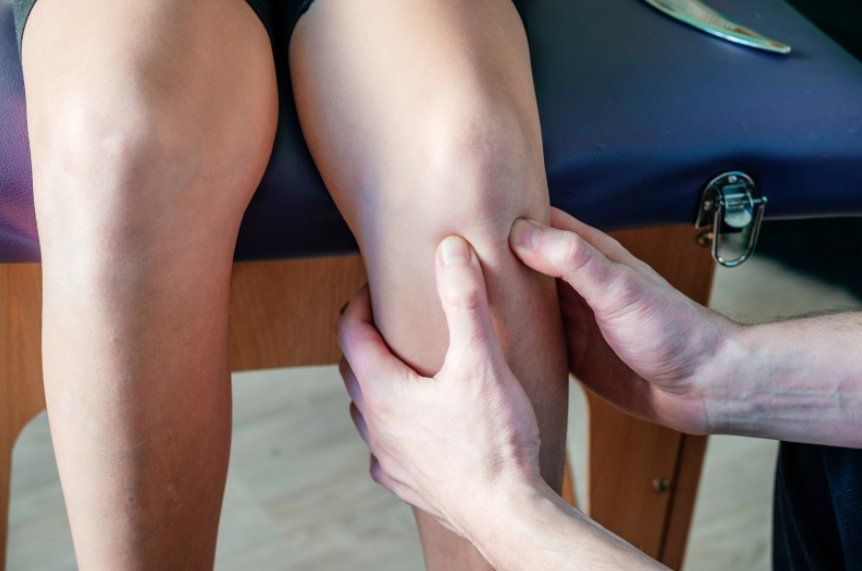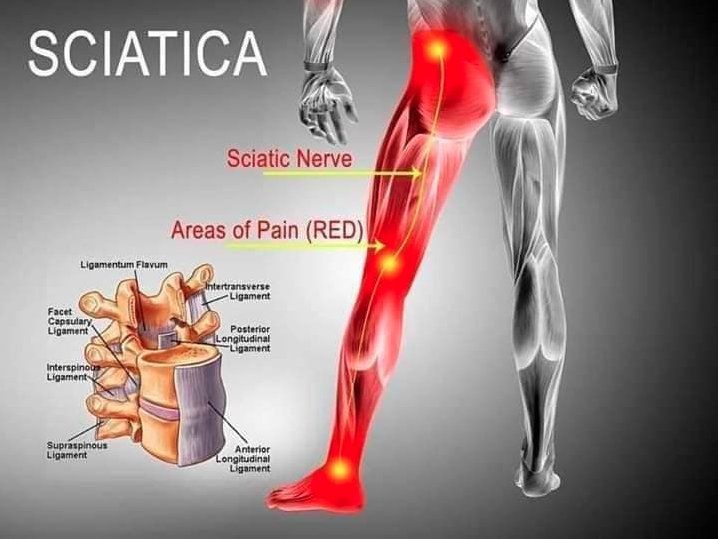WHAT TO KNOW ABOUT MYOFASCIAL RELEASE THERAPY
How Does Myofascial Release Therapy Work?

Myofascial release is one of the treatments used by physiotherapists to alleviate tight fascia tissues. Unlike deep tissue massage, which works on knots and pain deep within your muscles, myofascial release focuses on the fascia. A therapist will work on trigger points during myofascial release. These areas of connected tissue are stiff instead of elastic and flexible under normal circumstances.
Typically, therapists would work on these trigger points or tight fascia tissues using a combination of manual pressure and stretching to alleviate the tension. Some oils and creams may be used to reduce skin damage caused by friction. Myofascial release works best with direct skin-to-skin contact.
The fascia trigger points may not be in the area that feels sore or painful. This is because the web of tissue frequently forms long lines between different areas of the body; thus, a trigger point in your leg could induce pain in your ribcage. This varies from a traditional massage approach, which typically focuses on the area of pain.
Myofascial release is frequently used as part of a Pilates regime. Pilates focuses on the mechanics of your entire body, which complements the idea of a trigger point release.
The Benefits of Myofascial Release
Myofascial release can help with a variety of conditions, including:
- Tension, headaches, and migraines
- Myofascial pain syndrome is a painful and inflammatory condition affecting the fascia and muscles.
- Fibromyalgia is a condition causing pain across your whole body
- Venous insufficiency, where blood collects in the veins in your legs
- General mobility issues
- Nerve pain
These conditions can cause symptoms such as constant pain, occasional pain waves, restricted movement, chronic headaches, or fatigue.
This is where myofascial release can benefit people with these conditions by freeing up areas of tension, reducing pain, increasing mobility, and improving overall well-being.
Additional Treatments with Myofascial Release Therapy
Myofascial therapy can serve as a precursor and a complement to other treatments. Patients who engage in myofascial therapy may benefit from other forms of nonsurgical care that aim to manage pain and keep muscles and joints warm and loose. Among these are:
- Taking over-the-counter pain relievers such as acetaminophen or ibuprofen
- Applying heat to constricted muscles or ice to swollen areas
- Performing self-stretching exercises to maintain flexibility and range of motion or aerobic exercise to promote blood flow to the affected areas.
Myofascial therapy can also improve the effectiveness of other treatments such as acupuncture, manipulation, physical therapy, or occupational therapy. Myofascial release therapy can also help athletes obtain better alignment before sports competitions or enhance skeletal and muscular alignment prior to surgery.
Myofascial therapy, by targeting specific areas of the fascial system, can help patients prepare for more aggressive forms of strengthening or give pain relief for patients with limited flexibility and movement, allowing them to regain normal movement and function.
Who Should Consider Myofascial Release Therapy?
Myofascial release therapy will benefit you significantly if you have myofascial pain syndrome. Many people who suffer from chronic migraines or headaches have found long-term relief from myofascial massage. Massage the stiff muscles in the head and neck gently to help prevent headaches and migraines. Myofascial therapy can also help those who have venous insufficiency, a condition in which blood accumulates in the deep veins of the leg.
Inflammatory illness, physical trauma, and recent surgery can create trigger points, which eventually lead to pain. A myofascial massage can help you heal faster and manage pain more effectively without the need for strong pain medications.
Are There Any Risks?
There are few risks associated with myofascial release therapy. A myofascial massage might help you relieve back pain or tension. However, if you have any of the following, you should avoid myofascial release therapy:
- Fractures or broken bones
- A condition that necessitates the use of blood-thinning medications
- Painful wounds, injuries, or burns
- Deep vein issues
- Very weak or fragile bones
Furthermore, if you are allergic to lotions, gels, or certain oils, a myofascial massage may not be for you. To begin, you should speak with a physical therapist to determine that myofascial release therapy is the best option for your situation.
Receive Myofascial Release in Omaha, NE, at Komp Chiropractic and Acupuncture Clinic
Do you have unexplained muscular tightness that gives you pain? You could be a suitable candidate for myofascial release therapy. Myofascial release therapy is a pain-relieving, non-invasive treatment that can be used with other treatments to provide long-term muscular pain relief. Make an appointment at Komp Chiropractic and Acupuncture Clinic in Omaha, NE, right away to learn more about MFR therapy's benefits. Call us today to make an appointment! 402-502-3878
Omaha Chiropractors and Acupuncture










